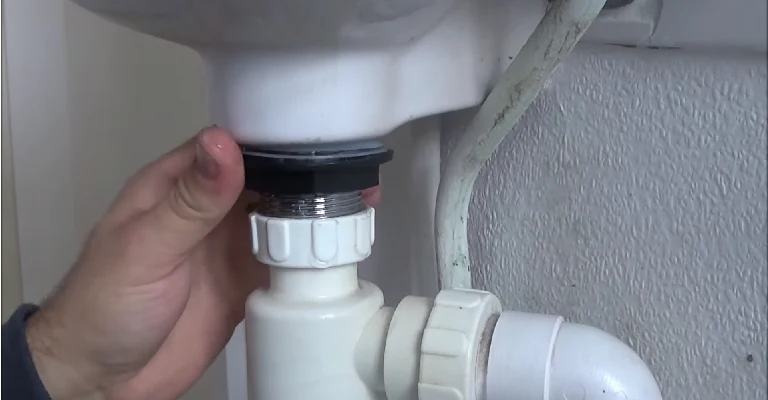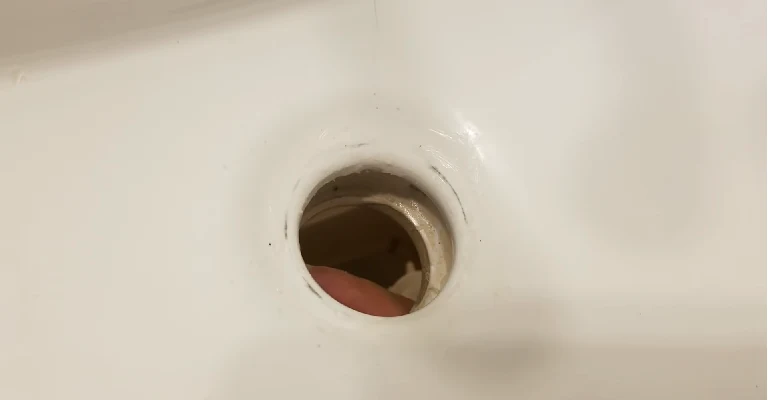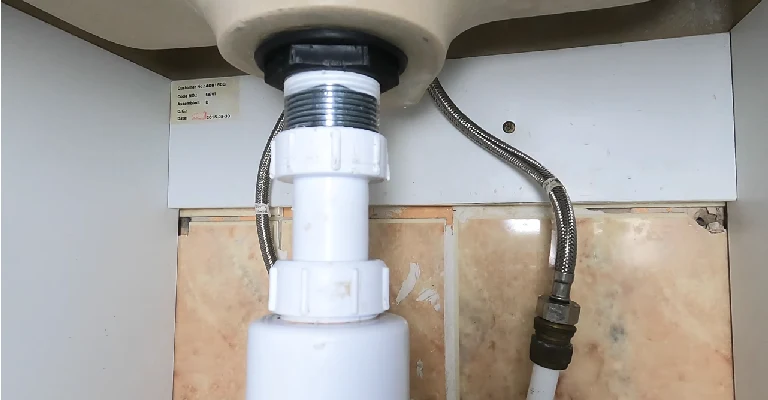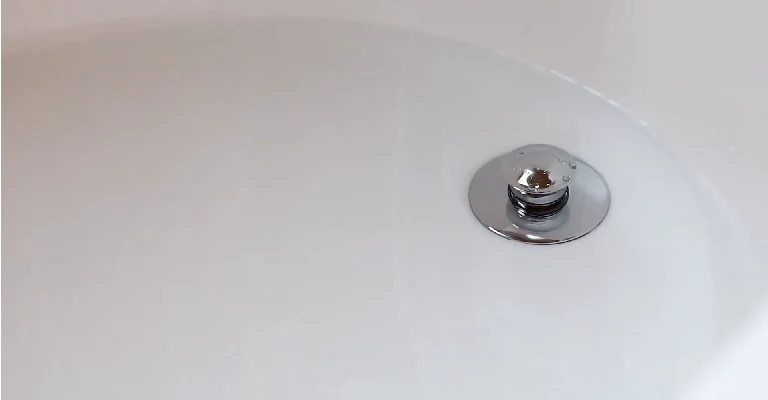Overflow holes are an essential safety feature in sinks and bathtubs, but they can also be a source of leaks and water damage.
This guide will show you how to easily and effectively seal your overflow holes to prevent leaks and keep your bathroom in top condition.
Whether you’re a homeowner or a renter, this guide is packed with valuable tips and tricks to help you save money and hassle. So, let’s get started and take control of your bathroom’s overflow holes!
The Best Way to Seal Overflow Holes in Drain

The overflow holes in sinks stop the water level from rising in the sink and flooding your bathroom. Sometimes, you will need to seal the hole in the sink so that water can be collected. Alternatively, you can seal the overflow hole permanently.
So, how do I seal the overflow holes in the drain? Install a rubber or silicone drain cover that can seal an overflow hole in the drain. To seal overflow holes, the waterproof tape can be an excellent temporary solution.
You can also use metal drain covers whenever you need a permanent one. Detailed steps for sealing overflow holes will be discussed below.
Tools and Materials
Your sink drain hole might need several tools and materials, depending on whether you’re sealing it permanently or temporarily. The following is a list of options for you to choose from.
- Screwdriver
- Rubber, silicone, or metal drain cover
- Metal Blind Bolt
- Sealant
- Drilling Machine
- Rubber Grommet
To seal the overflow hole in the drain, all of these must be collected.
You cannot permanently seal a sink or bathtub drain, but you can temporarily seal a vessel sink drain without overflow.
We will discuss them separately so that we can keep the discussion concise. Let’s start with the first category.
1. Sealing Overflow Holes In Drain Permanently

Depending on whether it is the kitchen sink overflow drain or the bathtub overflow drain, you may wish to seal it permanently. The following steps must be followed if that is the case.
Take a round metal plate and make it larger than the diameter of the overflow hole. In addition to the metal plate, you’ll need some metal blind bolts.
Prepare the sink for installation by drilling screw holes carefully. Use a waterproof sealant to permanently seal the overflow hole in the drain after the metal plate is attached.
2. Sealing Overflow Holes In The Drain Temporarily
Two methods can be used to seal an overflow hole temporarily. After checking each one, move on to the next.
Use Waterproof Tape

You can easily seal the overflow hole with a roll of waterproof tape. The steps for sealing the sink are listed below. The sink must be completely drained of water and allowed to dry.
If the surface is dry, check it for dirt or debris. Make sure they are appropriately cleaned, if there are any. Getting the tape on the sink is the next step after you clean it.
Applying a single piece of tape should work as long as the tape width is greater than the diameter of the hole. In the case of thin tape, you should apply multiple strips to seal the hole completely.
You should repeat this process from different angles for extra protection. Then, open the faucet and try to fill the sink with water to test whether the seal is intact.
Be aware that this seal isn’t very strong. In this case, any pointy object might penetrate the seal.
Use Drain Cover

In addition to drain covers, holes in sink drain pipes can also be sealed easily and effectively. A rubber cover, a silicone cover, or a plastic cover can be used.
Follow these steps to seal overflow holes with drain covers. To determine the right drain cover size, you need to measure the diameter of the overflow hole.
The drain cover should be inserted into the hole for the overflow. Easy installation is possible with rubber and silicone drain covers.
Depending on the metal drain cover, rubber grommets may be necessary. By using these small gaskets, you can be sure that the installation will be soundless and firm.
If you run water into the sink, ensure the drain is sealed correctly.
Things to Consider When Sealing Overflow Holes in Drain
Here are a few tips to make your sealing work look professional.
- A putty knife can be used to spread the caulk evenly under the caulk so that there are no gaps between them.
- Always keep screws secured when removing them from sinks or drain pipes. Screws are often lost once removed.
- It is important not to scratch sinks or other components with knives or sharp objects.
Is a Leaking Overflow Pipe an Emergency?
Leaking pipes may not be dangerous when discussing kitchen sinks or bathtubs. You will only be able to use the sink or bathtub for your tasks if the water in the sink or bathtub does not hold water.
However, it can be dangerous if an overflow pipe leaks near the pop-up drain under the sink. Leaving the leak for too long can cause damage to the essential items stored inside the cabinet.
As well as damaging the cabinet, it can cause other problems. If your overflow pipe leaks, you should take precautions, even if it’s not an emergency.
How to Replace Bathtub Overflow Drain Gasket?
If your bathtub has a faulty gasket, you should replace it immediately. If you have the right tools, you can accomplish the task in just a few minutes without visiting a plumber. These are the steps you need to follow.
- The first thing you need to do is remove the old gasket. You can use a small knife if you want to scrape existing caulk.
- Overflow cover screws can be removed with a screwdriver. Prying the cover open with a knife or flathead screwdriver is possible.
- Installation of the new gasket requires lubricating the old one.
- Alternatively, you can replace the sink overflow cover if necessary.
- Cover the hole with caulk and screw the cover back on. That’s it.
Final Words
Even though overflow drains are helpful, there are times when they need to be sealed. In most cases, this can be fixed by calling a plumber. This is no longer necessary.
Our demonstration demonstrated several methods of sealing a drain overflow hole. Following these steps, you can quickly seal overflow holes in a few minutes with the right material.
By effectively sealing an overflow hole, you can increase the water level and prevent things from getting damaged beneath the sink. Make sure you use the right tools and materials to finish your work as quickly as possible.






